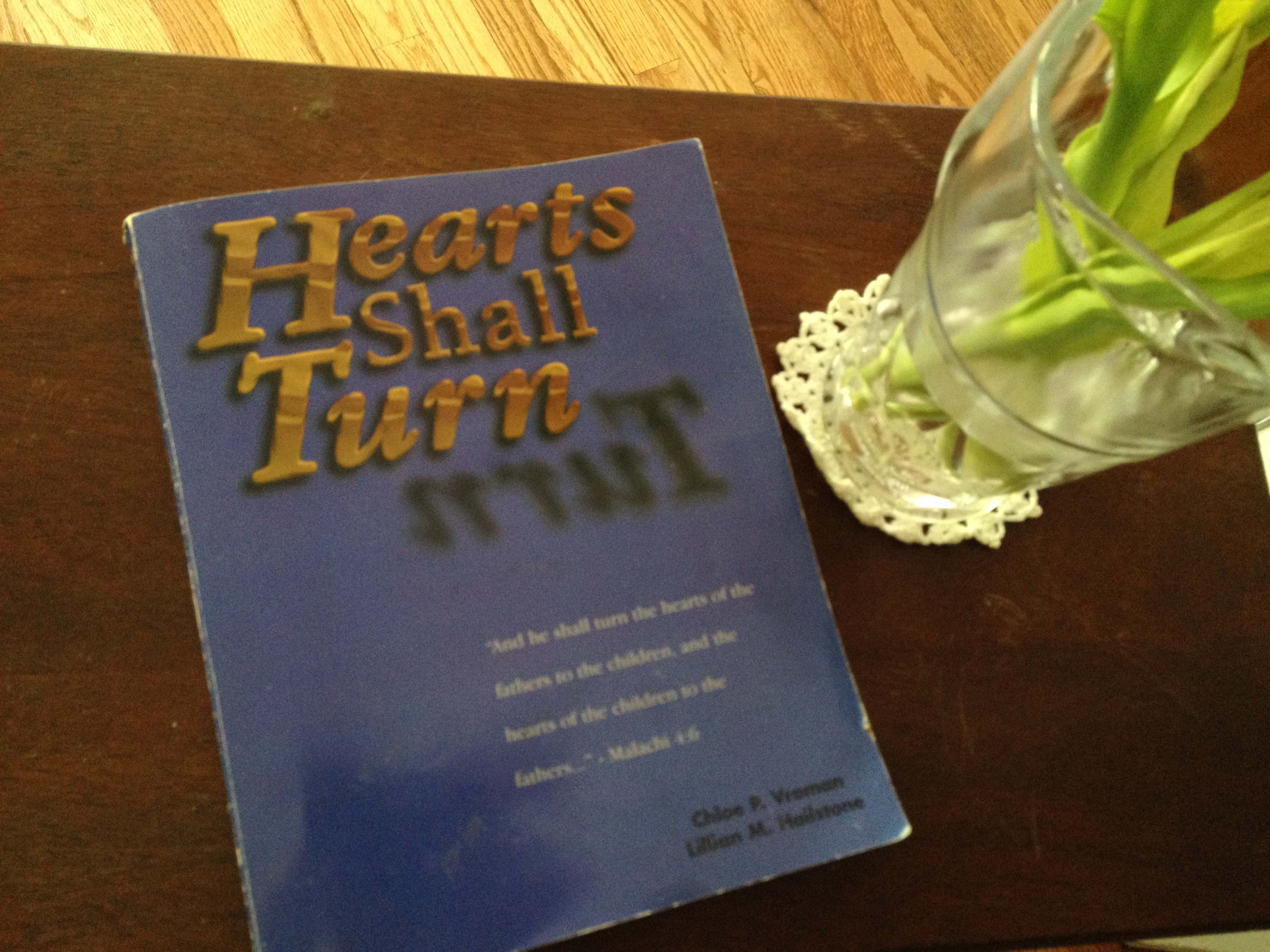
English Class–Imitate Form and Structure
Go Back to Lesson 1.
This is a writing class, but don’t panic if you don’t know how to write. There are a few simple things you can learn that will make your children love what you write.
So listen up! This is going to be fun!!
There are three kinds of imitation in writing:
- Plagiarism–to copy word for word another’s words.
- Paraphrase–to make a summary of another’s words.
- Imitation of form and structure–to use a model, used by another, to help organize one’s own material effectively.
When it comes down to it, very few writers have ever been innovative. You will find imitation everywhere.
Begin reading literature to become comfortable with various forms: essay, short story, poetry, prose. Pay attention to construction, use of words, and imagery. Those who read a lot have seen others put words together in such a way to create a beautiful visual picture. Whenever you read something that impacts you, use that form as a model to express your thought.
This is what we’re after when we write our personal story: to use a familiar form, easily understood by others, but using our own beautiful words, creating pictures in our reader’s minds. Personal stories don’t have to be boring. They should, however, create a feeling of emotion through words, rhythm, and dimension.
You want to show rather than tell when you write. Explain the story in such a way the reader can see what you see, smell what you smell, hear what you hear, and taste what you taste.
Here are a few pointers:
- Do stretch your language by using new words; not faked expression, but broadened expression.
- Do eliminate unnecessary words, tighten your story, with every rewrite.
- Don’t repeat words in a single paragraph, unless your use is for emphasis. Discover new words.
- Don’t begin sentences with passive expressions. Be direct, purposeful, informative, and tactical.
If you need a refresher on the rules of writing, buy a copy of The Elements of Style by Strunk and White, or any other language usage book. Quickly review sentence structure, spelling, and common word mistakes. You might want to buy, or access on your computer, a Thesaurus. You are going to be using more words than ever before, but with these guides, you can move forward without fear.
***The most important thing to remember is keep what you write “short and sweet.” Use the very best words. Use descriptive words. Use few words with deep meaning.
Challenge:
Make a list of ten of the most beautiful words you can think of. Use these words to describe an image using any form of poetry you wish. Each form of poetry has rules. Imitate the rules, using a famous poem, or one from the Ensign, using your own words. Take an experience from your past; create a poem about your feelings, your perception of a beautiful day, what you love, what you hate. You could even create a nonsensical poem that only uses your list of beautiful words. See what happens when you carefully follow the rules.
![journal2[1]](https://i0.wp.com/www.ldswomenofgod.com/blog/wp-content/uploads/2012/06/journal21-300x202.jpg?resize=300%2C202)